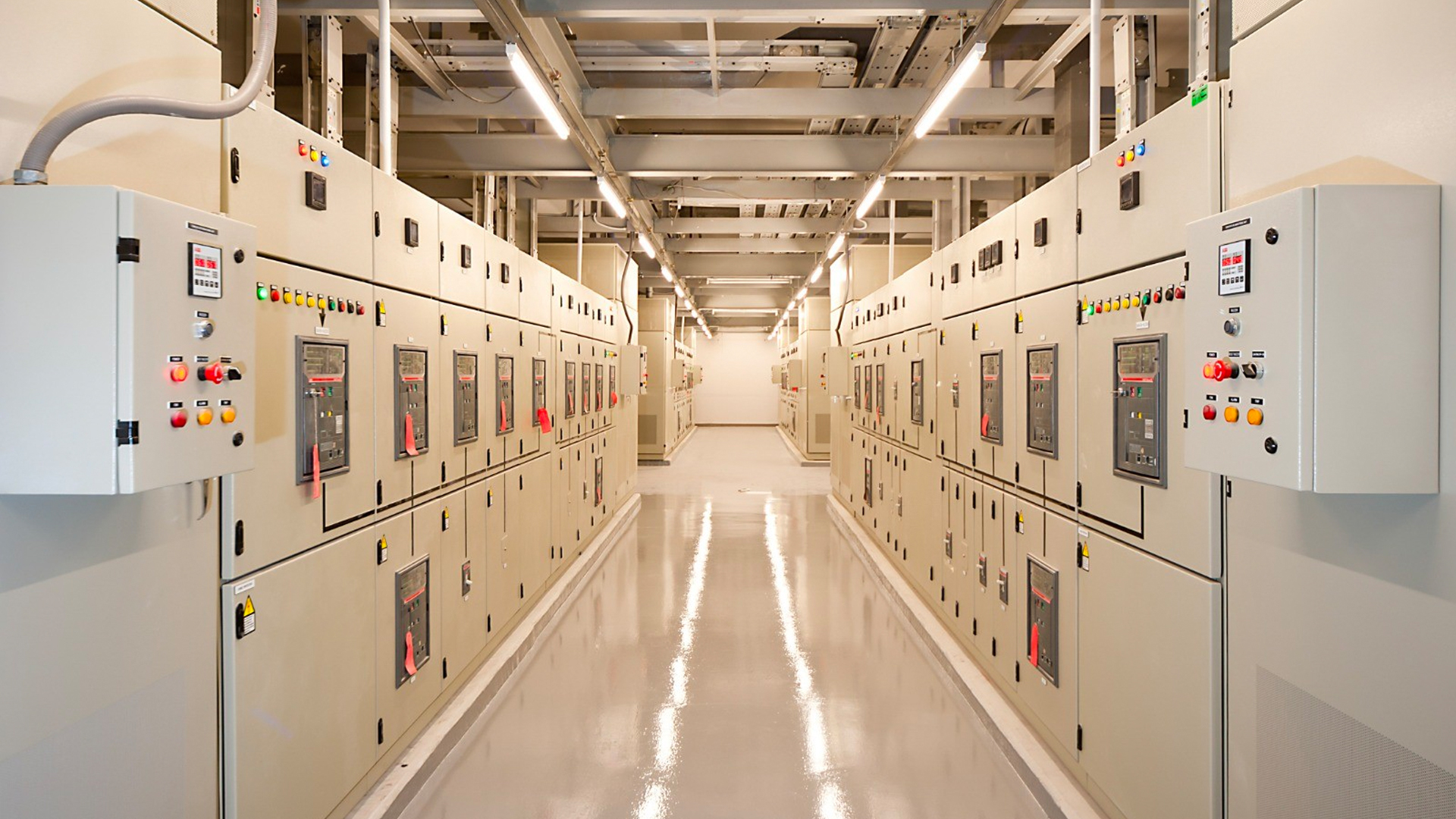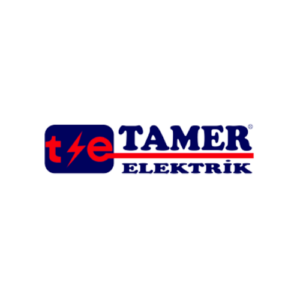Electrical transmission lines between 1 and 1000 volts are called low voltage, while energy transmission lines between 1000 volts and 35,000 volts are called low voltage. medium voltage It is called. Medium voltage networks are generally used to interconnect high or very high voltage lines.
It is not very safe to use high voltage lines in residential type networks. Electricity at the level of 10.15 and 34.5 kilowatts is used in medium voltage networks. For a clearer definition, for voltages below 1000 volts, low voltage refers to the voltage type between 1000 and 35000 volts. medium voltage is called.
Power plants work with systems called distribution networks to distribute energy. Unlike low voltage, electrical energy must be distributed to all points without interruption.
What is Medium Voltage?
The voltage level ranging from 1000 volts to 35000 volts is called medium voltage. The most preferred voltage type in networks is known as 34.5 kilowatts. Medium voltage networks are mostly used when connecting high voltage networks and low voltage networks. Delivering high voltage directly to communication networks is also dangerous in terms of security.
Medium voltage networks carry electricity to small cities and industrial areas. Medium voltage cables are used in this distribution process, which is carried out with the help of transformers installed at the entrances of districts or provinces. Medium voltage lines are also found in factories. Wherever they are, these networks must be installed correctly and the power line must be drawn correctly.
What is Medium Voltage Power Cable?
Energy cables that carry energy between 1000 and 15,000 volts, depending on the voltage value used in the voltage line mentioned above. medium voltage energy cables It is called. As it is known, cables consist of insulating and conductive materials. Medium voltage cables are produced in single core, 3 core, armored or PVC features. The most preferred medium voltage cable is the XLPE type.
When you research or want to purchase medium voltage energy cables, you may come across XLPE cable. This type is generally moisture resistant and environmentally friendly. It is also healthy because it does not contain chloride. XLPE cables are also resistant to low and high temperatures.
For the first time in Turkey, XLPE cable was produced in Mudanya in 1975. Medium voltage auxiliary equipment This product, which was the first example of cables, became a pioneer in all engineering and energy studies to be carried out later. The most commonly used type of medium voltage cables are XLPE insulated products. It is possible to use these cables in businesses where sudden changes occur, in heavy businesses and in places where there is a possibility of short circuit. Maximum operating temperatures are 90 degrees Celsius. XLPE cables are also resistant up to 250 degrees Celsius in case of short circuit. The most commonly used types are those with 36 kilowatt single cores and copper conductivity inside.
What are the Features of Medium Voltage Cables?
Medium voltage power cable features is as follows;
- XLPE cables, which are medium voltage cables, are preferred at high or low temperatures.
- They are safe to use in areas where there is a high probability of wear and in high voltage areas.
- XLPE cable, produced from polyethylene plastic material, is known for its shape memory and 3D molecular structure. When we list the features of these cables, we can understand why they are preferred in transformers.
- Thanks to their structure resistant to hazardous substances, they enable easy use even in places where mechanical stress is possible.
MV cables are preferred to provide electricity to residential and industrial areas. When we look at the internal structure of the XLPE cable, we see that multi-wire conductive materials, both aluminum and copper, are used. The cable in the form of a hydraulic pipe contains polyester tape, semiconductor tape, copper screen and PVC insulating material. Thanks to their durable structure, these cables are ideal products for underground work. Being harmless to the environment comes first among the features of medium voltage power cables.
What Should Be Considered When Purchasing Medium Voltage Cable?
When purchasing cables, consider the purpose and area of use. MV cables must be preferred. The most preferred type of medium voltage cables are XLPE cables. Usage areas of XLPE cables can be listed as follows:
- health institutions,
- heating technology,
- Mining,
- chemical industry,
- stadiums,
- Plumbing operations.
When purchasing cables, it is necessary to consider economic and aesthetic concerns as well as security. Depending on the nature of the work performed, it can be seen that medium voltage cables wear out and become weak over time. For this, long-lasting and high-quality choices should be made.
After choosing a quality cable, the cable cap used for the connection points of the cables should also be chosen carefully. Must be screened cable head It must also be leak-proof. In the meantime, it is necessary to get installation service from people who pay attention to all these details.
It should not be forgotten that cables are the number one product of electrical components. In most cases, cable joining operations, which are carried out with the help of additional bells, should be entrusted to experts. Complementary products cable header and additional bells The same quality should also be purchased.
Your Address for MV Cables is Galip Engineering
If you buy the right material from the right place, you can work efficiently for many years. While electricity is the most necessary need for humanity, it is also a power that must be used carefully. You can work with Galip Engineering Electric to answer any questions you may have and to take firm steps for your life safety.
Required for Medium Voltage cables medium voltage insulatorsIt is important that you purchase the right product from the right place for additional bell materials, cable caps and many other intermediate materials. In this way, you can ensure more reliable and longer-lasting energy use.







